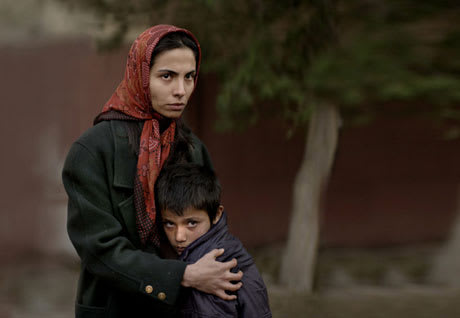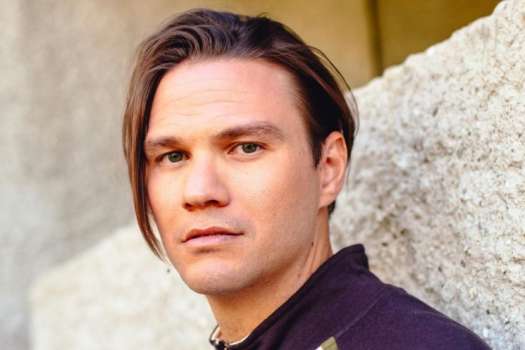Beyond his perpetual theme of women as martyrs of male myopia and entitlement, the most distinguishable aspect of Turkish director Nuri Bilge Ceylan's films is his aesthetic composition and preoccupation with illumination, be it headlights or the many colours of dusk, in a vast, winding countryside. Often his characters are engulfed by the landscape, moving like mere ants in a portrait drawn to exaggerate inherently existential themes involving identity and man's place in the world.
This ideological dysphoria is reflected both in the title, which inherently implies a Turkish parable or cultural assessment, and the persistent, veiled conversations about the fruitlessness of spending a life obsessed with death. The actual film unfolds in a series of protracted tableaux, wherein an investigator, a doctor and other necessary officials drive around the countryside with a killer trying to find a buried body.
While the tone of the film vacillates between melancholic and quirky, diverting in an almost condescending manner to observe the antiquated, inefficient ways that less seasoned rural individuals handle a murder investigation, the theme of death remains consistent.
When not discussing the emigration of a younger Turkish generation to Germany, leaving only the elderly behind to fill up dilapidated graveyards, a discussion about a woman that predicted the date of her death ties together the film's perspective. The commissioner believes in the unknown, or spiritual, convinced that this woman had some form of clairvoyance or intuition, while the doctor waxes sceptical, implying that she might have killed herself.
This assessment of science versus mysticism leads the film into its third act, wherein an autopsy raises the question as to whether knowledge really benefits anyone given the inevitability of death.
It's an interesting observation, anchored by a beautifully shot film that suffers only from its meandering, laboured sensibilities, clocking in at over two-and-a-half hours. A little focus would have gone a long way towards making this a concise and effective parable.
(Kinosmith)This ideological dysphoria is reflected both in the title, which inherently implies a Turkish parable or cultural assessment, and the persistent, veiled conversations about the fruitlessness of spending a life obsessed with death. The actual film unfolds in a series of protracted tableaux, wherein an investigator, a doctor and other necessary officials drive around the countryside with a killer trying to find a buried body.
While the tone of the film vacillates between melancholic and quirky, diverting in an almost condescending manner to observe the antiquated, inefficient ways that less seasoned rural individuals handle a murder investigation, the theme of death remains consistent.
When not discussing the emigration of a younger Turkish generation to Germany, leaving only the elderly behind to fill up dilapidated graveyards, a discussion about a woman that predicted the date of her death ties together the film's perspective. The commissioner believes in the unknown, or spiritual, convinced that this woman had some form of clairvoyance or intuition, while the doctor waxes sceptical, implying that she might have killed herself.
This assessment of science versus mysticism leads the film into its third act, wherein an autopsy raises the question as to whether knowledge really benefits anyone given the inevitability of death.
It's an interesting observation, anchored by a beautifully shot film that suffers only from its meandering, laboured sensibilities, clocking in at over two-and-a-half hours. A little focus would have gone a long way towards making this a concise and effective parable.




